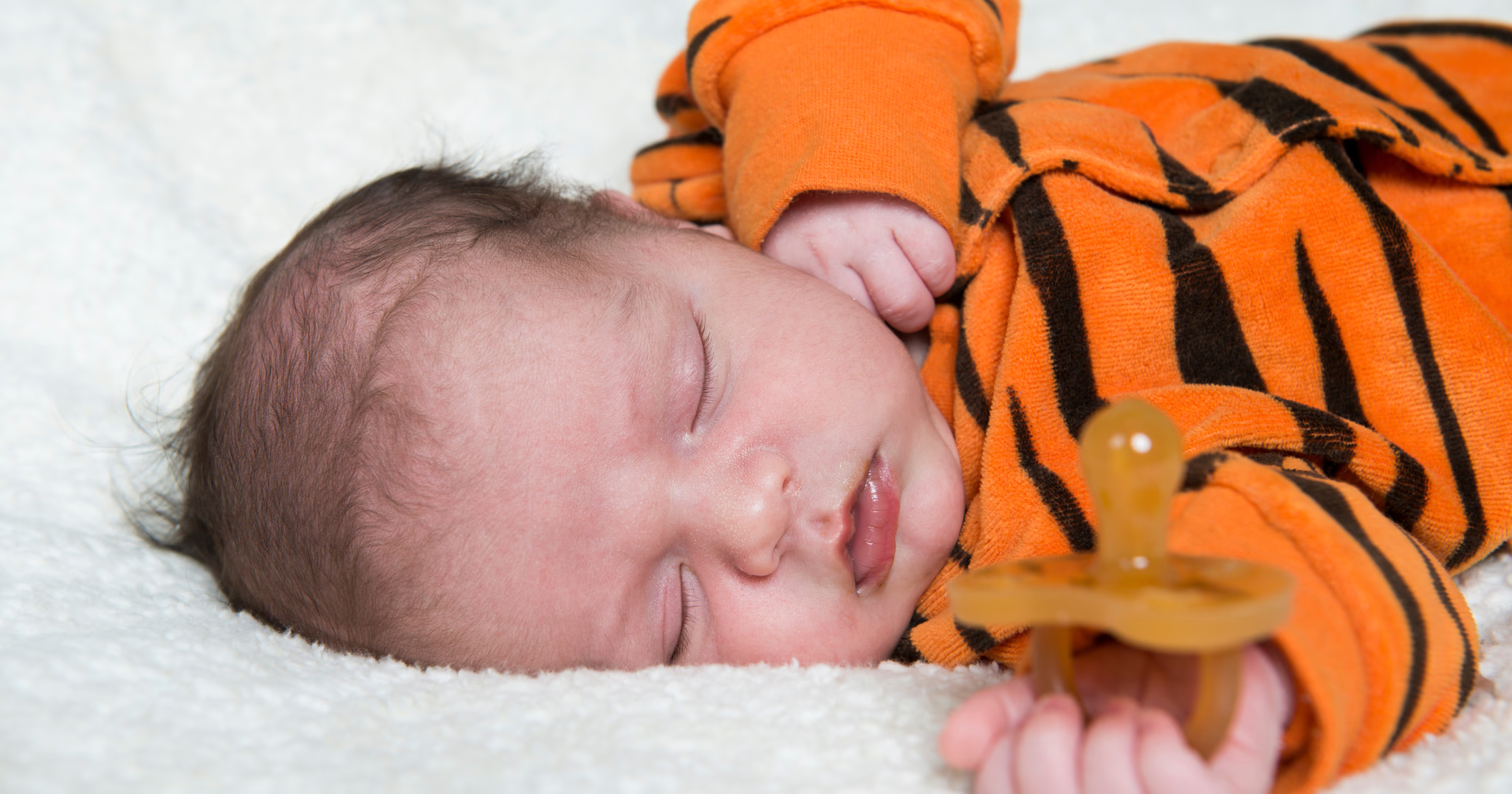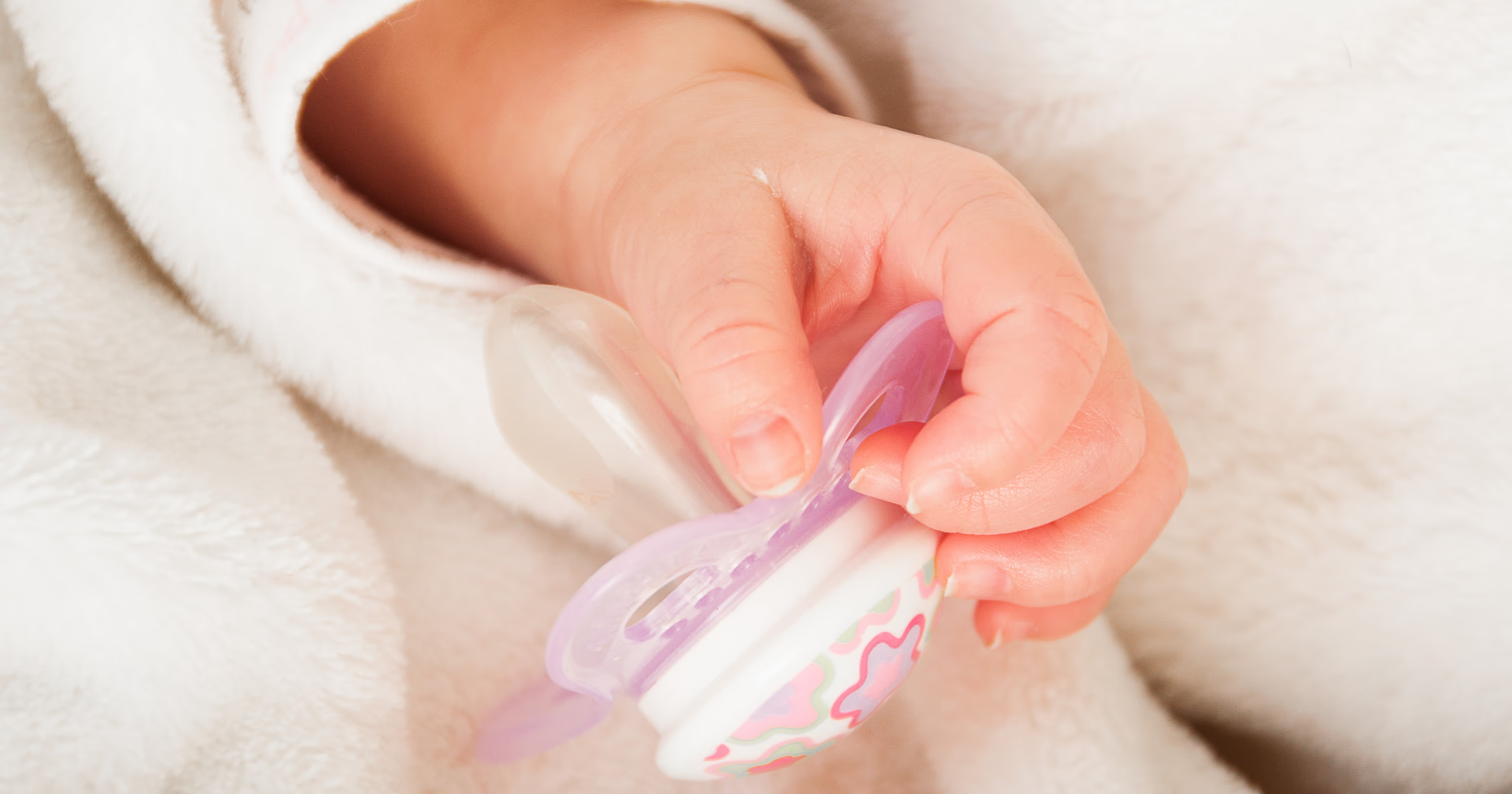For many parents, the dummy (or pacifier) is a lifesaver during the early months and years. But as your little one grows, so does the need to rethink its role in their routine. While the dummy is a helpful tool for soothing and sleep, over time, it can impact language, oral development, and even behavior.
If you’re wondering when and how to phase it out, here’s my expert advice to guide you through this transition.
When Is the Best Time to Ditch the Dummy?

My general advice is to aim to phase out the dummy before your child turns 2 years old or wait until they’ve dropped their daytime naps altogether.
- Before 18 Months:
Ditching the dummy before 18 months gives your little one plenty of time to learn new self-settling techniques for naps and overnight sleep. This way, they’ll adjust long before big milestones like transitioning to a toddler bed or dropping naps. - Between 18 Months and 2.5 Years:
By this age, toddlers often associate the dummy with sleep and emotional regulation. Removing it during this phase may result in skipped naps, as their ability to self-soothe during the day is closely tied to their dummy. If your toddler is still napping, I recommend keeping the dummy for sleep times only while reducing its use during awake hours. - After 2.5 Years:
If your child is older and still using a dummy, I suggest waiting until they’ve completely dropped their daytime naps before fully removing it. Taking away the dummy prematurely at this stage may cause them to lose naps altogether, which can make for a cranky, overtired toddler!
How to Reduce Dummy Use Without Losing Naps

One common worry is that ditching the dummy means losing daytime naps. The good news? It doesn’t have to be all or nothing! Gradually reducing your toddler’s reliance on the dummy can minimize disruption and help your little one transition smoothly.
Here’s how:
- Limit Dummy Use to Sleep Times Only:
If your toddler uses the dummy throughout the day (during playtime, car rides, meals, or when bored), start by restricting it to naps and bedtime. This simple change can have a huge impact on their language development and behavior. - Introduce a “Dummy House” or Rest Spot:
Create a special place, like a dummy house or bag, where the dummy “rests” during the day. Explain to your toddler that the dummy has worked hard all night and needs a break. Keep the dummy house out of sight or in their room to make it less tempting during awake times.
Why Reducing Dummy Use Matters

Excessive dummy use can affect your toddler in several ways:
- Language Development:
Talking around the dummy or skipping words altogether can hinder your child’s ability to practice and develop language skills. Many parents notice a language surge when dummy use is reduced. - Behavior and Mood Regulation:
Overusing the dummy can make toddlers more dependent on it for soothing, leading to clingy or unresponsive behavior when asked to follow directions or engage in activities. - Oral Development:
Prolonged dummy use may impact the alignment of teeth and the development of oral muscles, which are essential for clear speech.
Reducing dummy use during awake times will help your child become more independent, expressive, and engaged in their world.
Step-by-Step Plan to Ditch the Dummy

Follow these steps to gradually phase out the dummy:
- Restrict Use to Naptime and Bedtime:
Let your toddler know the dummy is only for sleep. Reinforce this by using a dummy house, telling them the dummy needs its own rest after “helping” them sleep at night. - Encourage Self-Settling Without the Dummy:
Start with short naps or quiet time where your toddler tries to settle without the dummy. This can be done once they’ve adjusted to only having it at sleep times. - Ditch the Dummy When Naps Are Gone:
Once your toddler naturally drops daytime naps, it’s a good time to remove the dummy entirely. By this stage, they’ll have other ways of self-soothing and winding down.
Is Your Toddler Overusing the Dummy?

Take a moment to observe how your toddler uses their dummy:
- Are they walking around with it during playtime or meals?
- Do they rely on it to soothe boredom or frustration?
If so, reducing its use during the day is the first step. Use positive language, offer praise, and stay consistent with boundaries around dummy use.
A Final Word on Ditching the Dummy

Phasing out the dummy doesn’t have to be a battle. By gradually reducing its use and keeping it for sleep times only, you can minimize its impact on naps and help your toddler adjust at their own pace. Remember, this process takes time and patience, but the rewards—improved language, behavior, and independence—are well worth it.
If you’re ready to start, check out my blog on setting up a Dummy House for helpful tips to make the transition easier for both you and your toddler.
You’ve got this!






